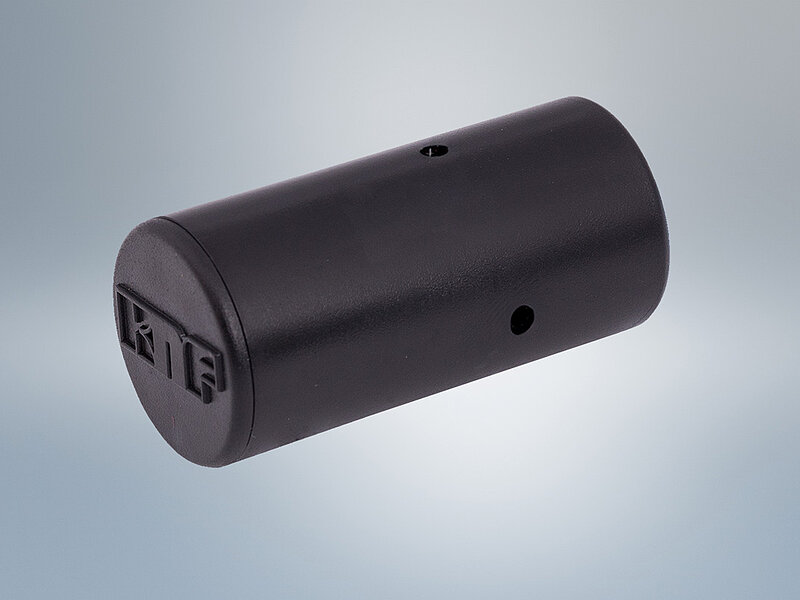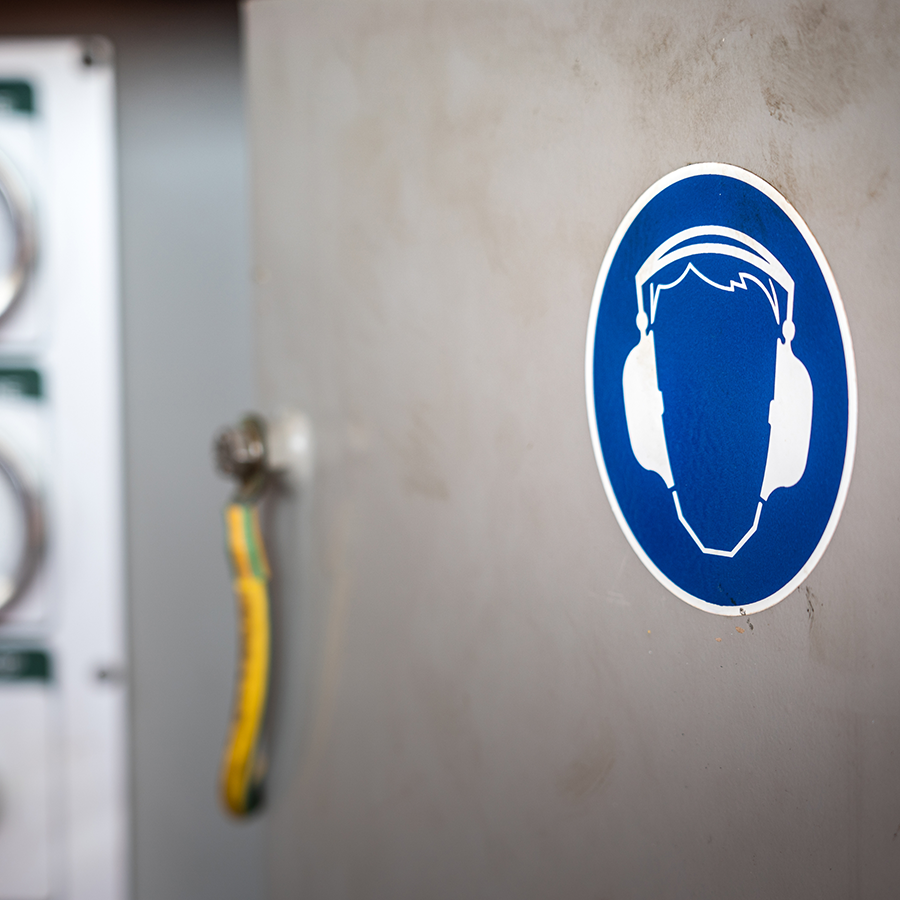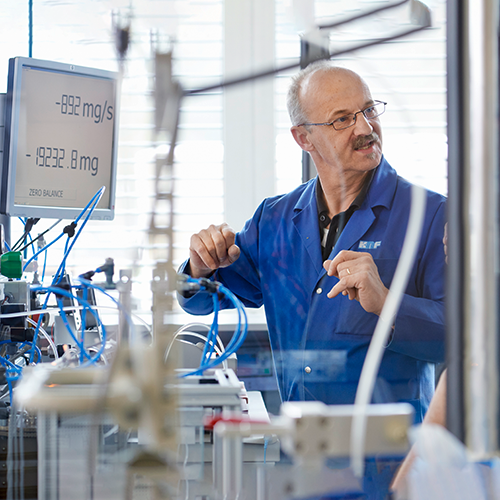How to Minimize Diaphragm Pump Noise with Customization
Many modifications can lead to a perfectly fitting pump. Quite a few can be made to reduce pump noise.

In some applications, acoustic noise can interfere with the ability to verbally communicate, creating potential safety issues in some environments. It can even be detrimental to the health of employees, and in medical applications, it can interfere with the patient’s recovery process. In the following, we will review the sources of diaphragm pump noise and how to address them through pump design. Additionally, there are also systemic measures that can be taken to reduce noise through.
Not All Noise Is the Same
Like most machinery, diaphragm pumps make noise when operating. In some cases, this can be perceived as problematic, making it necessary to reduce pump noise. It is important to distinguish between the actual loudness, measured in decibels, and the perceived loudness, which depends on the specific sound characteristic, such as buzzing, humming or rattling. In a diaphragm pump, several elements can cause noise. These include the motor, bearings, diaphragms, valves, and inlet and outlet ports.
Fewer RPMs, Less Diaphragm Pump Noise
Motor noise and vibration can be reduced by lowering the motor speed. However, this also reduces pump performance. Pumps can also be encased in sound-absorbing material to reduce motor noise. Some applications may require a larger pump running at a lower motor speed to meet both noise and performance requirements.
Reduce Pump Noise with Less Bearing Play
Bearings in the motor and the compressor housing can be a source of diaphragm pump noise. They can make noise when rolling on the inner or outer rings and when contacting each other. Using higher quality bearings with tighter tolerances can help reduce pump noise. Modifying a pump is therefore the first and best approach to reducing bearing noise.
Diaphragm Optimization Possible
Although their noise profile is closely related to motor speed, diaphragms can also be a source of pump noise. Some of this noise comes from diaphragms because its load switches from pressure to vacuum during operation. They also make noise when they change direction or contact the intermediate plate. Some of this diaphragm pump noise can be eliminated by choosing alternative diaphragm configurations.
Customizing Valve Material to Reduce Diaphragm Pump Noise
Valves can create noise by hitting their seats as media is forced in and out. The faster the pump runs, the more often they will hit. The best way to minimize this noise is to choose a different valve material during the design phase. Elastomeric valves, for example, will make less noise on impact than stainless steel valves. Running the pump more slowly will also reduce the number and magnitude of impacts.
Limitations of Custom Materials
However, specific materials may not be available for every pump configuration, and some materials may not be ideal for every application, especially those that handle corrosive media or are used in particularly restricted areas. Elastomeric valves, for example, are a suitable option for diaphragm pump noise reduction, but they cannot be used in a pump for highly corrosive media. Adding custom materials can also result in additional monetary costs, as some materials are more expensive than standard options. Although there may be some potential trade-offs when choosing custom materials, these trade-offs are often worth it for applications where noise reduction is critical.
An Obvious Option to Reduce Pump Noise: Silencers
Adding accessories to either port of the pump can greatly reduce diaphragm pump noise. Here, silencers are a popular and effective accessory. They can be attached to pump inlets and/or outlets and suppress sound as it travels through layers of porous material. This material traps the sound waves as well as some of the airflow, reducing noise and also slightly pump flow. This relatively inexpensive and efficient solution works in most applications, provided they fit into the system.

Reduce Pump Noise with Shock Mounts
Shock mounts are ideal for reducing noise caused by vibration. They can be anything from simple rubber feet to suspension springs. By attaching to the base of the pump and holding it in place, they reduce the transmission of vibration to the system. Adding shock mounts to a pump does not affect performance. Some pumps come with integrated shock while others need to be fitted with extra shock mounts. While they do increase the size of a pump when they must be added, shock mounts should be used in any system that can accommodate them.
Sometimes, Diaphragm Pump Noise is Beneficial
There may be some applications where noise and/or vibration is an advantage. Startup noise can help users determine if their pump or system is working properly or needs maintenance. And sometimes it can be quite reassuring. For example, for someone using a handheld gas detector in a hazardous environment, a little diaphragm pump noise can let them know that their safety-critical device is on and working.



